For me, the beauty of Asturias isn’t found in one city. I love the Romanic churches and elegant old part of Oviedo and the cider- and seafood-fueled energy of port cities Avilés and Gijón, but the real magic of my home region is found in the remote corners—in the great Picos de Europa, Spain’s most dramatic mountain range; in the long, untamed coastline, home to some of Spain’s greatest seafood; and in the rolling apple orchards that connect the two.
When I take people to Asturias, I try to show them a piece of it all: sunrise in the mountains, sunset on the Atlantic, and in between, all the good food and drink and people that make this one of Europe’s most underrated regions. (And I’m not just saying that because I’m from here—I promise if you come here you’ll feel the same way.)
Unfortunately, when I come home, I only get a few days to reconnect to Asturias, so I try to make them count. There are a dozen different ways to build a perfect day, but this is the one I come back to, year after year.
No matter where you wake up, be sure it’s in one of the region’s casonas asturianas, old-style Asturian homes converted into family-run hotels. The food is good and the owners treat you like family. One of my favorites is the Palacio de Cutre, a converted 16th-century mansion tucked into a mountainside, but they’re everywhere across the region. You can find them all at casonasasturianas.com.
Now that you’re up, let me make one thing clear: It’s going to be a busy day. There’s no way around it—to take in the best of Asturias, you have to be prepared to move. So let’s go!
Start the day on top of the world. Take a windy drive into the heart of the Picos de Europa. (You might not notice, but there are caves housing amazing cheeses everywhere in these mountains.) I love the Lagos de Covadonga early in the morning, when the light is soft and the air is crisp. The lakes shimmer in the early morning light, and animals—sheep, goat, horses—roam freely everywhere. It’s magical! Stop for a café con leche at one of the bars around the lake. If you’re lucky, they’ll be serving caldo de gallina, a warm, soothing chicken broth—the perfect way to warm up in Asturias.

On your way back down the mountain, stop in the tiny sanctuary of Covadonga, maybe the most important place in all of Asturias. It gets packed in the middle of the day, especially during the summer, but at this hour, you’ll have the place to yourself. This is the legendary spot where Don Pelayo, hero of Asturias, and a small band of Christian fighters held off the invading Islamic forces. Asturias is the only region in all of Spain that was never conquered during the Muslim rule of Iberia, a point of deep pride for Asturians, who credit Pelayo and his warriors for holding their ground and sparking the Reconquista, the restoration of Christian rule in Spain.
The Covadonga Basílica is one of my favorite churches in all of Spain. Blanketed in the early morning mist from the Picos, it can stir the spirit of even the most stubborn atheist. Before you leave, you must pay your respects to Our Lady of Covadonga, the Blessed Virgin, who watches over Asturias from a sacred cave beside a small waterfall. My parents were married in this incredible little village, and I still get emotional every time I stop by.
The mid-sized town at the base of the Picos de Europa is home to one of the oldest and greatest cheese markets in the world. (It’s only open on Sundays, but a perfect day in Asturias would need to be Sunday.) Local artisans stand over tables piled high with coils of smoked chorizo and mountains of Asturias’ famous beans, but the real draw here is the mind-blowing cheeses: not just Cabrales, the famous blue cheese of Asturias, but the other amazing cheeses like Gamonéu and Afuega’l Pitu. That these cheeses aren’t world famous is crazy to me, but now’s your chance to buy a few kilos and spread the word back home. (If you don’t go on Sunday, don’t worry: The town is filled with cheese shops.)
Be sure to take in the rest of this delightful town before moving on. I love to walk down by the river and watch the fly fishermen working the water. Plus, no one is allowed to leave town without taking a photo on the old Roman bridge, one of the most famous symbols of Asturias, so have your camera ready.
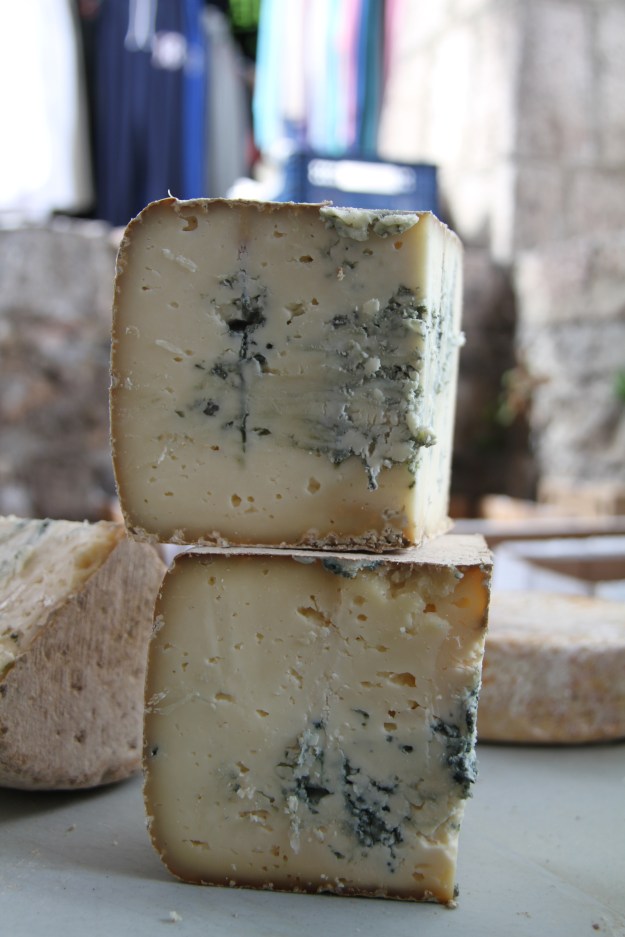

Take a wedge of your market cheese and a bottle of cold cider or wine up to this incredible lookout. In a region full of staggering views, this is probably my favorite—the Picos de Europa, the majestic Cantabrian Sea, the green hills that roll like ocean swells across the region. On a clear day, it feels like you can see across all northern Spain from this privileged perch.
Fitu is also one of my favorite places to get lost. This is the starting point for a few world-class hikes—ones that wind around the mountains and reward you with one amazing view after the next. It’s the kind of pre-lunch excursion that will stir the appetite and leave you more than ready for the hearty country cooking of the region.
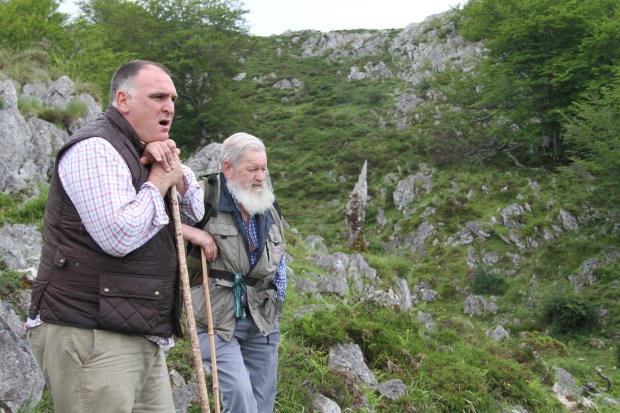
This is the kind of restaurant I come back to over and over—classic Asturian cooking with lots of love and no pretensions, served in a beautiful space up on the mountain. Dulce Martínez is a gifted cook whose menu is like an encyclopedia of the region’s culinary gifts. Start with a round of croquetas (little known fact: Asturias is home to the best of Spain’s famous fritters) and a plate of the crunchy corn cakes known as tortos. Order the fabada, of course, a rib-sticking stew of white beans and smoked pork, Asturias’ most famous dish. Señora Martínez makes one of my favorite versions, but the real star of the kitchen is arroz con pitu, a deeply savory rice dish made with a breed of free-range rooster unique to Asturias.
Like all good Asturian restaurants, El Molín serves its food in massive portions, so be prepared to share. After a slice of cheesecake or a scoop of rice pudding, linger at the table with a gin and tonic—it’s the digestivo of choice across Spain, and the secret to keeping your perfect day on track.
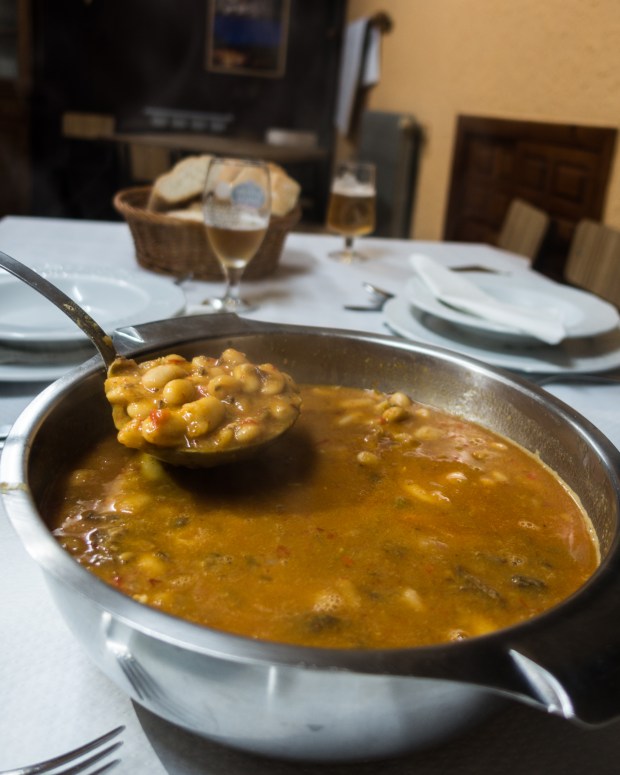
Any complete day in Asturias will include mar y montaña: sea and mountains, the defining phrase of the region. You’ve got the mountain part down, so now it’s time to head to the coast. All roads in Asturias lead to amazing beaches, especially on the stretch of coast around the town of Llanes. You can choose a road at random and almost certainly end up on a beautiful beach.
Among the dozens of options, one of my favorites is Playa de Gulpiyuri, a unique beach where the ocean cuts through a series of large rocks and creates a natural pool on the coastal interior. You walk through a grassy meadow and suddenly end up on this secret little spot—amazing. I love to spend an hour here in the afternoons listening to the sounds of the Cantabrian Sea.
Closer to Llanes, Playa Ballota is one of the nicest stretches of coastline in the region. This is more of a classic beach, a place to soak up the sun, take a dip, and maybe work in a little afternoon siesta on the soft, golden sands.
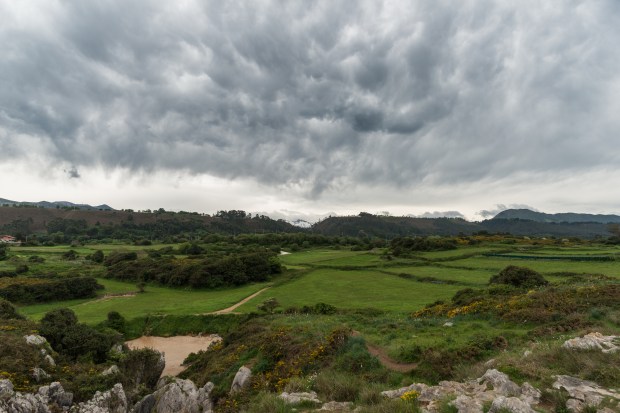
I love to meet up with friends and family for an evening stroll through Llanes, the aristocratic port town that always buzzes with people. Walk along the seafront to see Los Cubos de Memoria, the giant colorful blocks stacked in crazy formations along the water.
Afterwards stop at a cider house near the port for a culín de sidra (a splash of cider) and some chorizo a la sidra, smoky little sausages slow-cooked in Asturias’ beverage of choice. There are plenty of them and they’re all good—a few of my favorites are El Cuera or Chigre El Antoju. A sidrería is more than just a bar serving hard cider; it’s an institution across the region, a place for people to gather and share stories, sing songs, and enjoy the best of the Asturian bounty. I can’t imagine going a single day in Asturias without a round or two in a cider house. (But first, learn the cider house rules!)
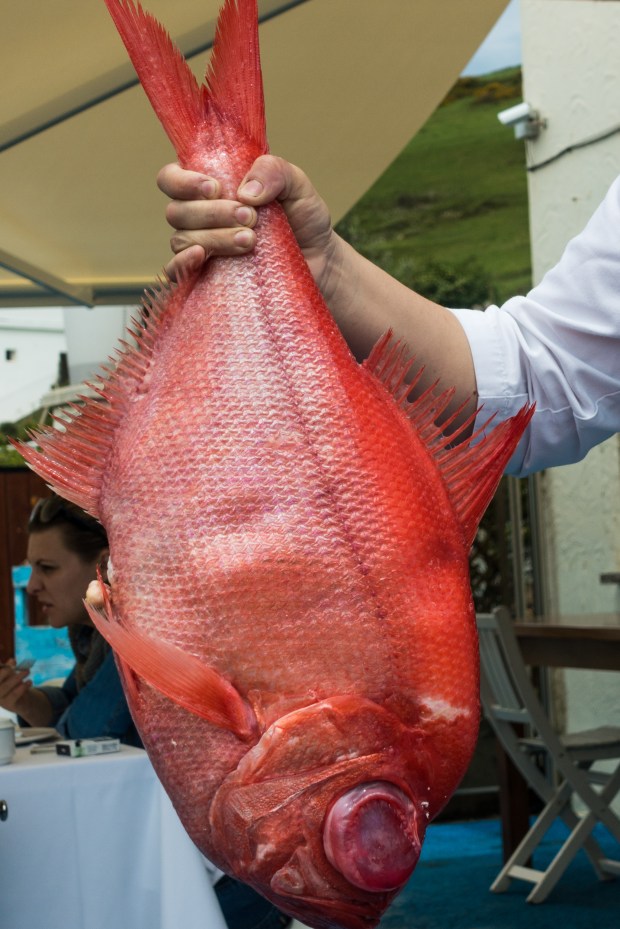
The cheese and the hearty mountain fare gets most of the attention in Asturias, but any serious eater knows that the region’s seafood is one of its greatest treasures. La Huertona in the port town of Ribadesella is the perfect place to sample the best ingredients from our cold northern waters. I like to start with a big pile of percebes (gooseneck barnacles) plucked from the rocky coastline, a specialty unique to this corner of the world. (If you come to Asturias in the winter you can sample an even rarer specialty: angulas, baby eels that swim thousands of miles before landing in the rivers of northern Spain).
Chef José Manuel Viejo is a master of all seafood, from lobster to spider crab to small, succulent red mullet. Whatever you do, be sure to order a whole fish—turbot, sea bream, whatever’s in season—grilled over wood and served tableside. Wash it down with great white wine from Galicia, the next region over.
If you’re still feeling frisky after the big dinner, I have one last recommendation for you: end the night at Soda 917 (also known as El Gobernador), a clandestine bar found inside a tobacco shop in the middle of nowhere. The owner, Kike Rojo, used to run one of Barcelona’s most famous cocktail bars. Now, he blesses the lucky people of Asturias with magical elixirs. Try one of the house specialties, like the namesake Soda 917 (vodka, gin, Punt e Mes vermouth, and Campari—a heavy hitter) or any of the dozen or so specialty vermouths that Kike keeps on hand.
After a nightcap or two, find your way (with the help of a heroic designated driver!) to the nearest casona asturiana and rest up. You have another big day ahead of you tomorrow.